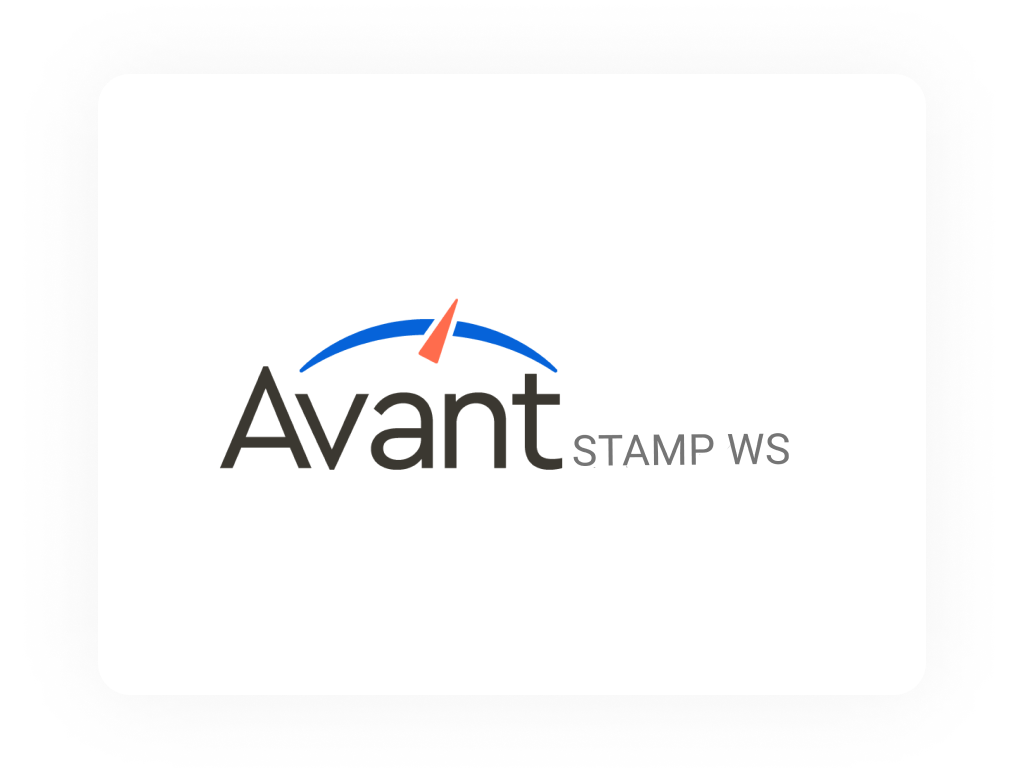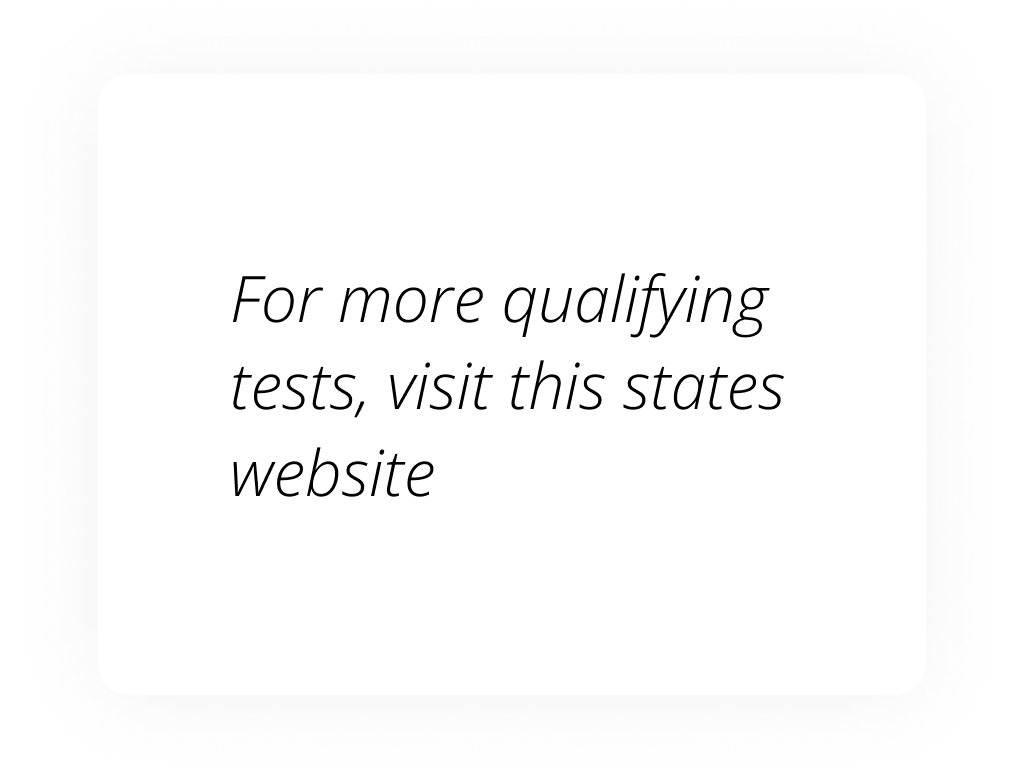Alabama Seal of Biliteracy
The Alabama Seal of Biliteracy was founded in 2022 and has one award level. Below you will find more information about the Alabama Seal of Biliteracy.
A Seal of Biliteracy is an award that is granted by a school, district, state or other organization. A Seal of Biliteracy recognizes that an individual has attained a certain level of proficiency in two or more languages. A Seal of Biliteracy is typically awarded in the form of a certificate and can be used as a credential to convey an individual’s proficiency in two or more languages.
Alabama Seal of Biliteracy Overview
AWARD 1: Seal of Biliteracy
Adopted: 2022/04/06
ENGLISH CRITERIA
English Requisite: ACT 20, All students must complete ELA graduation requirement and pass with a 2.5 GPA for 4 credits
ELL Requisite: AAPPL ESL - I3 or higher, or WIDA 5.0
2ND LANGUAGE CRITERIA
Award Qualification: Intermediate Mid
American Sign Language: Yes
Latin: Yes
Portfolio: Yes
College Credit: None currently reported
Alabama Seal of Biliteracy Accepted Tests and Assessments
Click on a test below to learn more.
DISCLAIMER: Test requirements and usage often change or vary by school, district, county, etc. Check with your school district for up-to-date testing information for the Alabama Seal of Biliteracy. Additional assessments or evidenced-based processes may qualify for the Alabama State Seal of Biliteracy that are not shown here.
HB 46
215774-1
SYNOPSIS: This bill would establish the State Seal of Biliteracy program to recognize graduates who have attained a high level of proficiency in speaking, reading, and writing in one or more languages in addition to English, and would provide for the seal to be awarded to the graduate by the State Department of Education.
A BILL
TO BE ENTITLED
AN ACT
Relating to education; to establish the State Seal of Biliteracy; to recognize graduates who have demonstrated an indicated level of proficiency in English and at least one other world language, including American Sign Language. BE IT ENACTED BY THE LEGISLATURE OF ALABAMA:
Section 1. (a) The State Department of Education shall develop and award a State Seal of Biliteracy to those high school students who have demonstrated an indicated level of proficiency in English and at least one other world language, including American Sign Language. School district participation in the program is voluntary.
(b) The purposes of the State Seal of Biliteracy are as follows:
(1) To encourage students to study languages.
(2) To certify attainment of biliteracy.
(3) To provide employers with a method of identifying people proficient in language and biliteracy skills.
(4) To provide institutions of higher education with a method to recognize and give academic credit to applicants seeking admission.
(5) To prepare students with 21st Century skills.
(6) To recognize and promote world language instruction in public schools.
(7) To strengthen intergroup relationships, affirm the value of diversity, and honor the multiple cultures and languages of a community.
Section 2. The State Seal of Biliteracy certifies attainment of an intermediate level of proficiency by a graduating student in English and at least one other world language, and certifies that the graduate meets all of the following criteria:
Completion of the graduation requirements of the high school.
English language proficiency: The student shall demonstrate proficiency in the English language, through one of the following approaches, or as provided by any future equivalent national normed benchmark approved as part of the program:
a. ACT English: A score of 18 or higher.
b. ACT reading: A score of 20 or higher.
c. Advanced Placement Language Examination: A score of three or higher.
d. International Baccalaureate Examination: A score of five or higher.
e. WIDA ACCESS 2.0: For non-native English speakers, the student shall meet and maintain Alabama exit criteria in English proficiency.
f. American Council of Teachers of Foreign Language Assessment of Performance toward Proficiency in Languages: For non-native English speakers, an intermediate Mid-3 or higher score in English.
World language proficiency: The student shall demonstrate proficiency in one or more languages other than English through one of the following approaches:
a. If the language other than English may be assessed by a standardized examination, students shall attain the minimum score on one of the following assessments:
The Advanced Placement Language Examination: A score of three or higher.
American Council of Teachers of Foreign Language Assessment of Performance toward Proficiency in Languages: An Intermediate Mid-3 or higher score in all four components.
International Baccalaureate Examination with a 5 score of four or higher.
Common European Framework of Reference: A score of level B1 or higher.
Standards-based Measurement of Proficiency: A score of intermediate-mid level or higher.
American Council of Teachers of Foreign Language Oral Proficiency Interview Writing Proficiency Test: A score of intermediate-mid level.
American Council of Teachers of Foreign Language Latin Interpretive Reading Assessment: A score of intermediate-mid level three or higher.
Sign Language: Sign Language Proficiency Interview, American Sign Language Proficiency Interview, or Assessment of Performance toward Proficiency in Languages: A score of intermediate plus on the Sign Language Proficiency Interview, level three on the American Sign Language Proficiency Interview, or score of intermediate Mid-3. b. If the language other than English is not able to be assessed by a standardized examination, one of the following criteria shall be met:
1. The school district shall certify to the State Superintendent of Education that a school district language examination meets the rigor at the intermediate-mid level of language proficiency according to the guidelines of the American Council of Teachers of Foreign Languages. To that end, the assessment of a language other than English shall assess listening, speaking, reading, and writing at a level of intermediate-mid proficiency or higher. The assessment should be similar to the American Council of Teachers of Foreign Languages Oral Proficiency Interview Writing Proficiency Test and should require collaboration with community members who are native speakers or near native speakers in that language. This assessment should be similar to the process used in other states for assessing proficiency in tribal languages.
2. Notwithstanding subparagraph 1., a student who seeks to qualify for the State Seal of Biliteracy through a language that is not characterized by listening, speaking, reading, and writing, or for which there is no written system, shall pass an assessment on the modalities that characterize communication in that language at the corresponding intermediate proficient level or higher.
c. If neither paragraph a. nor paragraph b. are able to be implemented, or if new language assessments become available, one of the following approaches may be followed:
The State Superintendent of Education may provide a listing of equivalent language assessments that school districts may use.
A school district may provide the State Superintendent of Education with a list of equivalent language assessments that the school district proposes to use in place 1 of those listed in this section. The State Superintendent of Education may use lists received from school districts in developing a state list of equivalent language assessments.
Section 3. The State Department of Education shall do both of the following:
Prepare and deliver to participating school districts an appropriate insignia to be affixed to the diploma or transcript of the student indicating that the student has been awarded a State Seal of Biliteracy by the State10 Department of Education.
Provide other information the department deems necessary for school districts to successfully participate in the program.
Section 4. A school district that participates in the program under this act shall do both of the following:
Maintain appropriate records in order to identify students who have earned a State Seal of Biliteracy.
Affix the appropriate insignia to the diploma and transcript of each student who earns a State Seal of Biliteracy.
Section 5. It is the intent of the Legislature that no fee be charged to a student to participate in the State Seal of Biliteracy pursuant to this act.
Section 6. This act shall become effective on the first day of the third month following its passage and approval by the Governor, or its otherwise becoming law.
THE GLOBAL SEAL OF BILITERACY
The Global Seal of Biliteracy complements and supports the individual state Seals of Biliteracy. The organization is committed to expanding the opportunity to demonstrate and document one's bilingualism. The Global Seal of Biliteracy credential meets or exceeds the requirements of all existing U.S. state Seal programs, and offers a uniform standard to recognize language skills at levels that are meaningful for academic and workplace environments. It allows recipients to showcase their language skills to any school or employer across state lines and national borders. The Global Seal of Biliteracy is proof of your language proficiency at one of three fluency levels.


![Avant_STAMP_4S_Logo_with_card[1].png](https://images.squarespace-cdn.com/content/v1/5b57b5174cde7a6b7993cf09/1645582426447-1MDSX495OUC4LE9T0L2H/Avant_STAMP_4S_Logo_with_card%5B1%5D.png)

![AP_Test_Logo_with_card[1].png](https://images.squarespace-cdn.com/content/v1/5b57b5174cde7a6b7993cf09/1645582444421-4DBU77U9LXKAOZR3SA2P/AP_Test_Logo_with_card%5B1%5D.png)

![AAPPL_Test_Logo_with_card[2].png](https://images.squarespace-cdn.com/content/v1/5b57b5174cde7a6b7993cf09/1645582490939-MTHYJF0A55Y70FIA5W1O/AAPPL_Test_Logo_with_card%5B2%5D.png)
![OPI_WPT_test_Logo_with_card[1].png](https://images.squarespace-cdn.com/content/v1/5b57b5174cde7a6b7993cf09/1645582570326-6RO5EAA0JL0TH7XVHDLK/OPI_WPT_test_Logo_with_card%5B1%5D.png)


